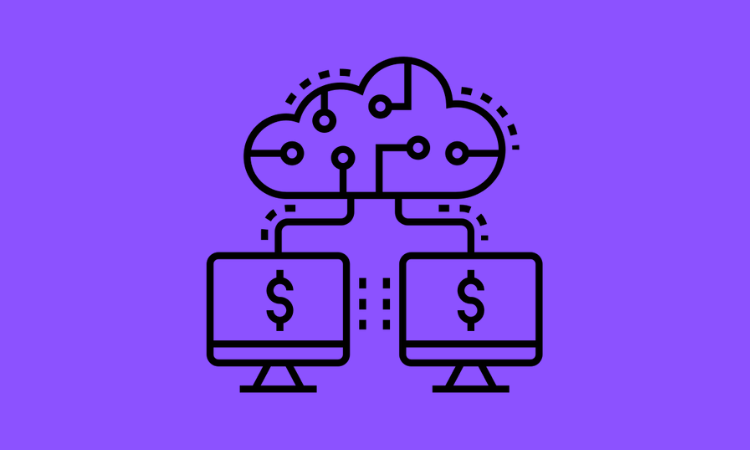Sponsored by Fiserv
Evaluating data aggregators’ support of innovation and platform adaptability
- Data aggregation platforms differ in their approaches to financial data.
- Coverage, data types, and access methods are important to analyze when evaluating a platform.








